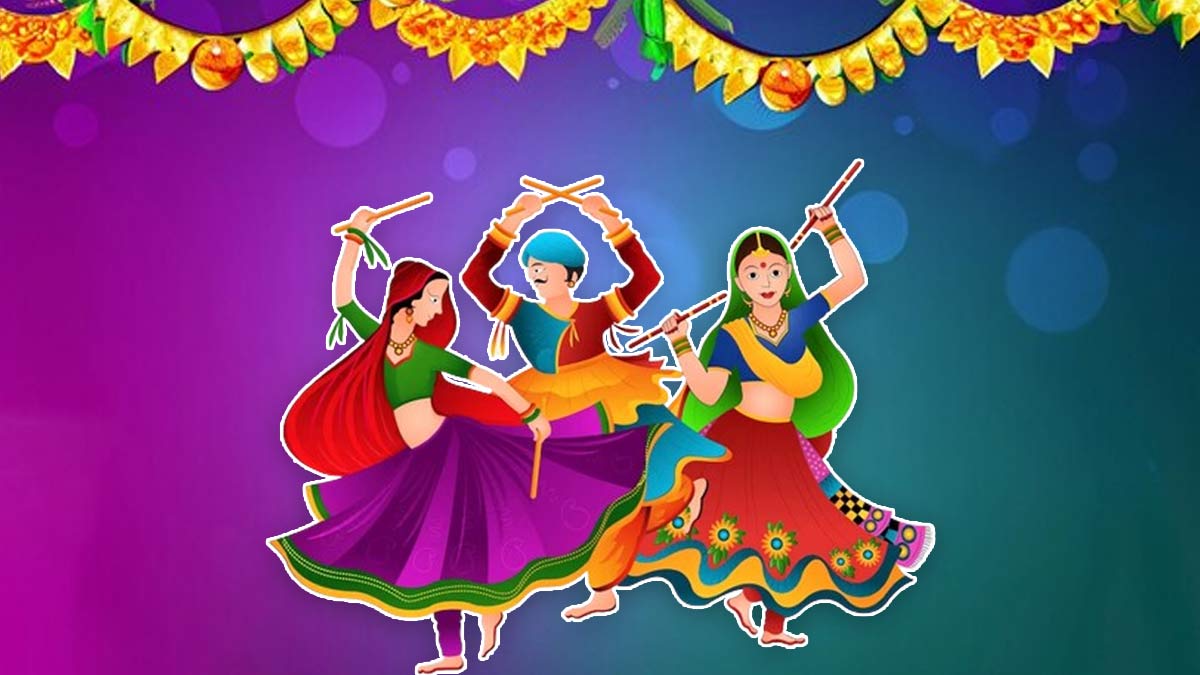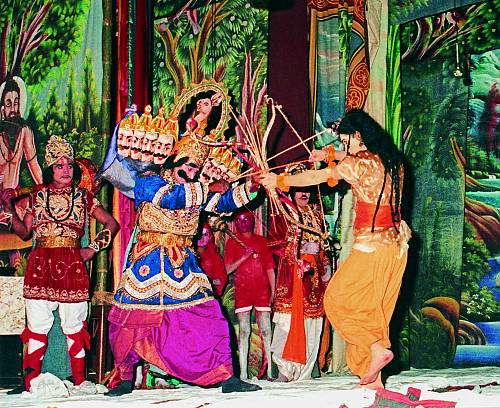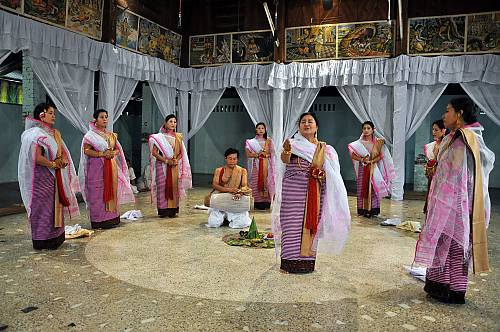
Garba Added To The UNESCO's Intangible Cultural Heritage List; 4 Indian Art Forms That Are A Part Of It
Garba Of Gujarat: A moment of pride for all Indians as ‘Garba of Gujarat’ has been inscribed in the Intangible Cultural Heritage list of UNESCO on December 6, 2023. The Intergovernmental Committee for the Safeguarding of the list took the decision during the 18th session of the Representative List of the Intangible Cultural Heritage of Humanity in Kasane, Botswana from December 5 to 9, 2023.
This is the 15th Indian art form that has been inscribed in the list, making every Indian proud of it. The devotional dancer form is famous in Gujarat, and every native dances to the Garba tunes during the nine-day celebration of Navratri every year.
Devotees dress up in vibrant outfits, visit pandals and temples, and dance throughout days and nights during community events.
Tim Curtis, Director of UNESCO New Delhi Regional Office for South Asia and UNESCO Representative for Bhutan, India, the Maldives, and Sri Lank, extended heartfelt wishes by saying, “I offer my sincere congratulations to India, its people and the teams that worked on the nomination dossier. I hope this inscription helps ensure the viability of this tradition and inspires the community, particularly young people, to continue with the knowledge, skills and oral traditions associated with Garba.”
Here are five other popular art forms that are a part of the Intangible Cultural Heritage list of UNESCO,
Ramlila

Image Courtesy: UNESCO Intangible Cultural Heritage
In 2008, Ramlila, which is an annual performance of a group of artists based on the Hindu epic Ramayana, was added to the Intangible Cultural Heritage list of UNESCO. It is a dramatic enactment of the epic which usually happens during the celebration of Navratri. Various cities of India witness processions on Dussehra or Vijayadashmi, which is believed to be the day when Lord Rama killed the demon King Ravana.
At the end of the procession, the artist playing Lord Rama is given the opportunity to burn huge effigies of Ravana. It reminds participants as well as spectators that good always overpowers evil.
Kalbelia
Originating from Rajasthan, Kalbelia is a folk dance which was added to the Intangible Cultural Heritage list of UNESCO in 2010. The performances mark the celebration of how communities of snake charmers have creatively adapted to the changing times and have contributed to the socio-economic conditions of the state.
Usually, women dance and twirl in black ghagra choli paired with heavy jewellery and a veil on their heads. Their movements are quite similar to how a serpent would move to the tunes of instruments played by charmers to catch them.
Chhau Dance
Chhau is a semi-classical Indian dance form in which artists portray a blend of folk traditions and martial arts. It was added to UNESCO’s Intangible Cultural Heritage list in 2010 and has existed in three forms since its inception.
It is called Mayurbhanj Chhau in Odisha, Seraikella Chhau in Jharkhand, and Purulia Chhau in West Bengal. The themes of the performances are religious and often display the cultures and ethos of Shaktism, Shaivism, and Vaishnavism.
Don't Miss: Meet Baryl Vanneihsangi, The Youngest Woman MLA Of Mizoram
Sankirtana

Image Courtesy: UNESCO Intangible Cultural Heritage
Sankirtana became part of the Intangible Cultural Heritage list of UNESCO in 2013. Originating in Manipur, it is a ritual singing, dancing, and drumming session. It is also referred to as Meitei Sankirtan as the artists involved in these performances identify with the Meitei community. The performance captures and portrays the life and good deeds of Lord Krishna.
Don't Miss: Signs Of Negative Energy Around You, Expert Weighs In
Other art forms or cultural events that are a part of Intangible Cultural Heritage list of UNESCO’s Intangible Cultural Heritage include Durga Puja in Kolkata, Kumbh Mela, Naweouz, Yoga, traditional use of brass and copper to create utensils, Buddhist chanting in Ladakh, Mudiyettu, Ramman, Kutiyattam, and traditional Vedic chanting.
Also watch this video
Herzindagi video